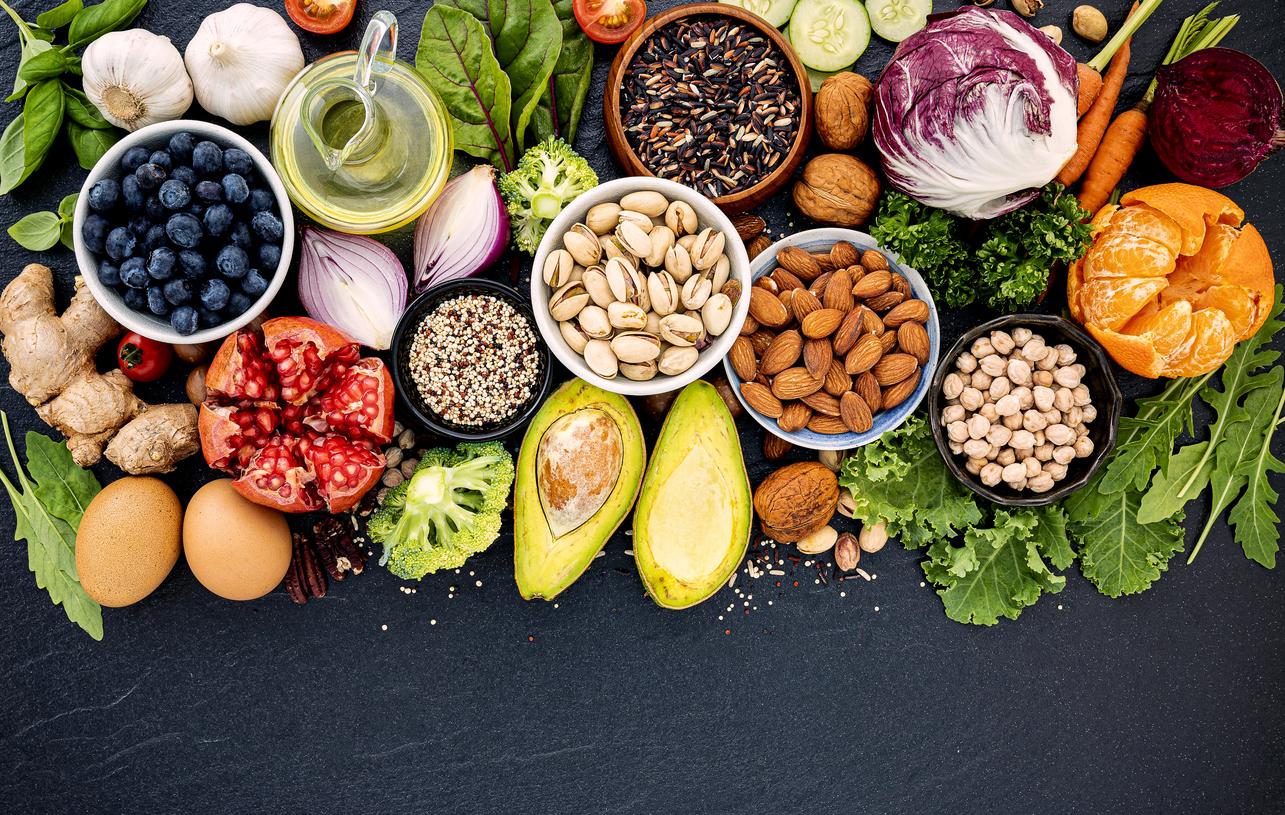A diet high in dietary fiber boosts the production of a key hormone that reduces appetite, a study finds.

- A diet rich in fiber may stimulate the release of a specific hormone that promotes satiety in the ileum, a part of the small intestine that plays a major role in the feeling of hunger.
- The hormone in question, the peptide tyrosine, was released in greater quantities by the cells of the ileum in the study volunteers on the fibrous diet.
- The researchers also identified some of the molecules resulting from the breakdown of foods that help stimulate the release of this hormone, such as stachyose and certain amino acids.
They ensure good intestinal transit, limit “bad” blood cholesterol, improve brain health and ward off certain chronic diseases such as cancer or cardiovascular diseases: there are countless benefits of dietary fiber for the body.
According to researchers at Imperial College London, eating it could even… inhibit our hunger. A diet rich in fibre could in fact stimulate the release of a specific hormone that promotes satiety in the ileum, a part of the small intestine that plays a major role in the sensation of hunger by secreting enzymes and hormones.
Fiber stimulates the release of a hormone that reduces appetite
As part of their work, published in the journal Science Translational Medicinethe scientists invited a group of volunteers to eat a variety of different meals — including high- and low-fiber foods, such as apples, chickpeas, carrots, candy, and white bread — over a four-day period. They were fitted with nasogastric tubes, flexible tubes that went down into their small intestines. This allowed the researchers to collect samples of “chyle” (the substance produced in the ileum) before and after the participants ate the meals.
In addition to finding that the environment inside the ileum was “much more sensitive to fasting and nutrition than previously thought”the research team observed that high-fiber foods altered the gut microbiome and increased the production of (PYY), a hormone known to reduce appetite and food intake. It was released in greater amounts by cells in the ileum of volunteers on the high-fiber diet, even when the foods were broken down, such as chickpea puree or applesauce, according to a communicated.
Between 30 and 45 grams of fiber recommended per day
In parallel, the researchers identified some of the key metabolites – small molecules resulting from the breakdown of food – that help stimulate PYY release. These include stachyose and the amino acids tyrosine, L-phenylalanine, aspartate and asparagine, which are commonly found in foods such as beans, cheese, meat and poultry.
“We now have a better understanding of how dietary fiber is associated with lower levels of hunger compared to a low-fiber diet, and how certain fibers and amino acids stimulate PYY,” the study authors note. “In the future, foods could be designed to inhibit hunger.” As a reminder, you should eat between 30 and 45 grams of fiber every day to ensure good digestion and other benefits for the body. They are mainly found in vegetables, legumes, fruits, and whole grains.















